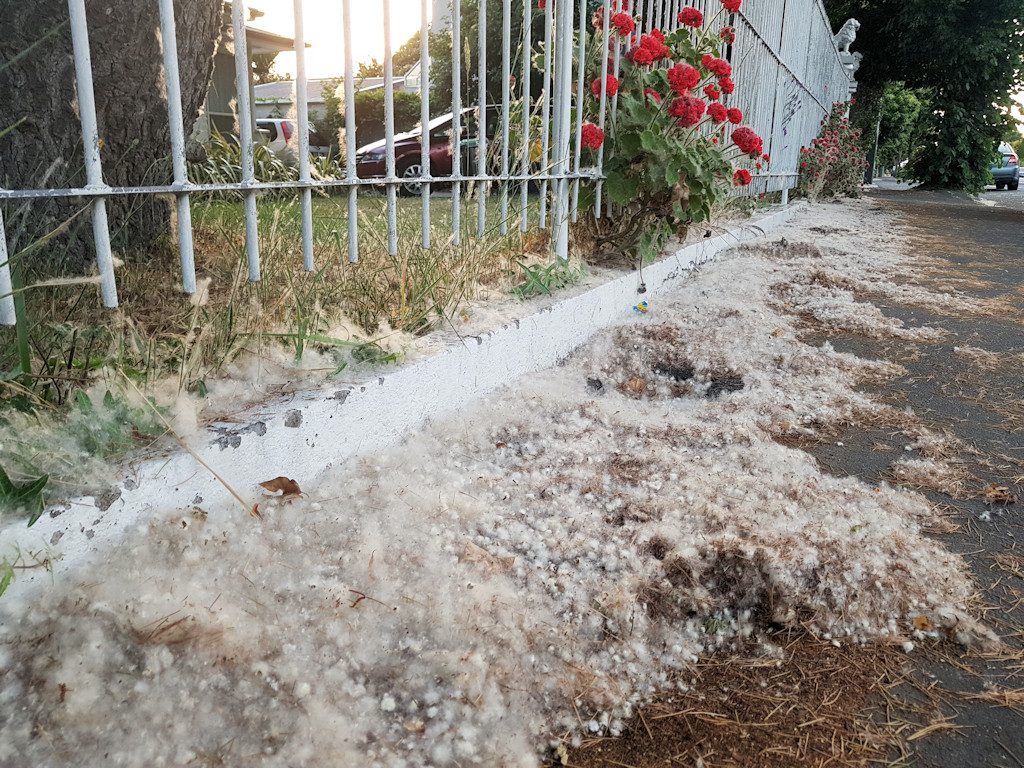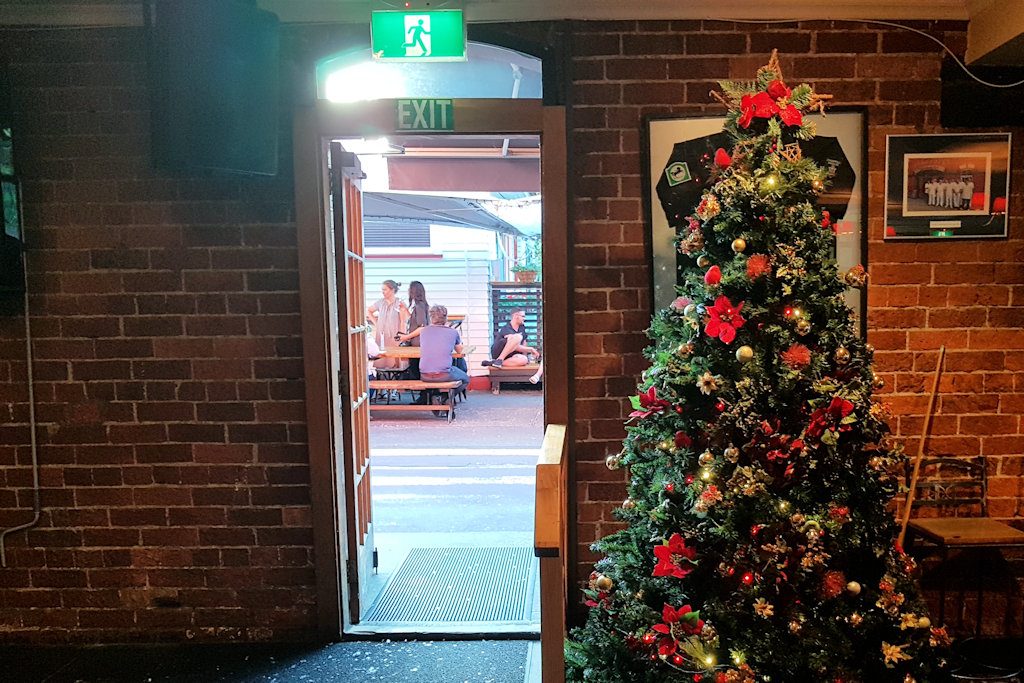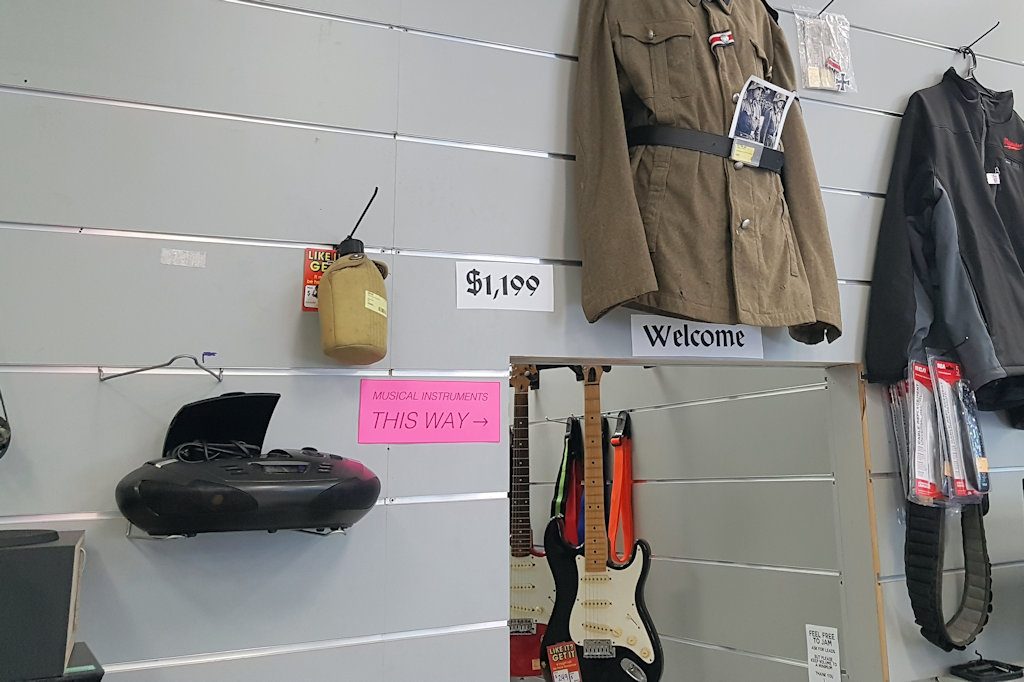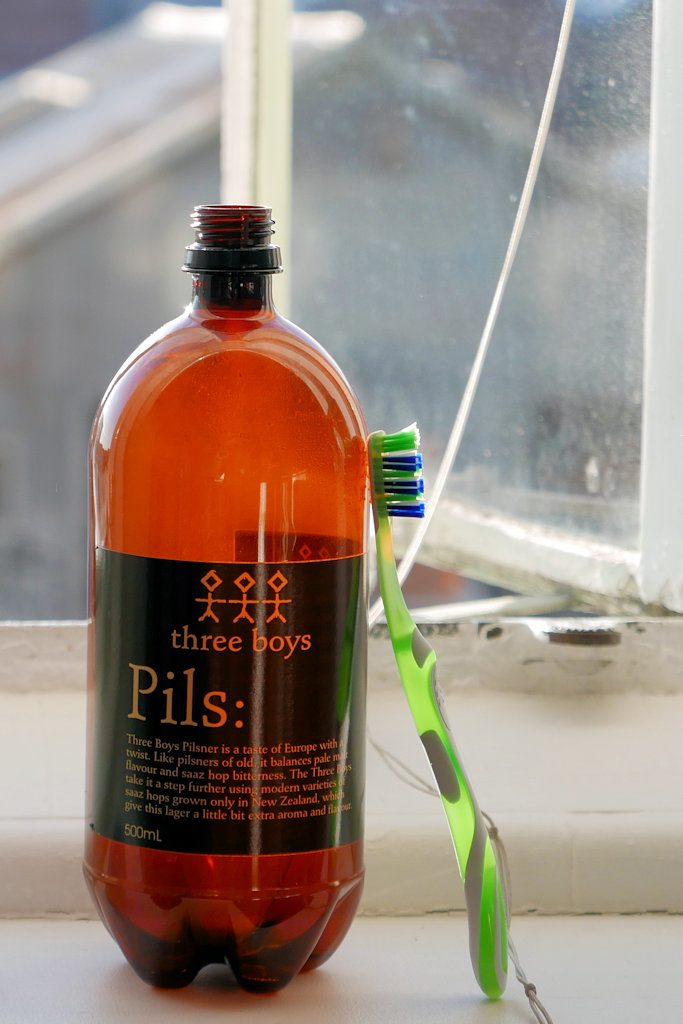“I don’t know why you’re making such a fuss of going to New Zealand for 10 weeks”, said my friend T. over a farewell beer. “Sometimes we don’t meet up for a whole year, so why don’t you shout me a beer then?!”
I was quite proud of the answer I came up with: “Absence is a function of space as well as time”, I said, “the product of how far you go and how long you’re away. That means 10 weeks in New Zealand equates to something like a lifetime in Poland – so that has to be worth a beer or two”.
Quite clever, I thought, but whether it stacks up in practice is another matter.
Christchurch is a remarkable city, but once you take away the empty spaces and bizarre features of the landscape created by the earthquake and the rebuild – plus omnipresent Christmas decorations when the temperature is 32 degrees – you don’t really feel you are so far away that the next furthest land mass from Berlin would be the Caley plains on the Moon.

(There is even snow in Christchurch – just like in Berlin in December!)
The people look just like they do in Berlin.
So what did we expect of Christchurch? Maori warriors doing a haka on every street corner? Of course not, we knew we were coming to a predominantly “white” city. But we didn’t realise the locals would be quite this white. The streets seem to be full of blocks of cheese on legs, just like me, often with freckles into the bargain. Precisely the worst possible skin type for living under the hole in the ozone layer.
I sometimes say that if God had intended people with this kind of complexion to settle in these latitudes, He would have caused the plants to bring forth sun cream rather than kiwifruit!

(It’s all verry christmas-ish.)
Although you also see a lot of Germans here, everywhere you go, in fact. You can tell them by the outdoor gear they like to wear. It may sound like a cliché, but if you are in a café or a bookshop, or even out in the wild, and you see a couple of gnomes (they are generally found in pairs) wearing Mammoth/Fjällräven/Vaude/etc. jackets, with huge cameras bouncing around their necks, you can bet your life they are Germans.
But in any case, Christchurch is a very “white” city – European-style white in Christchurch Central, and distinctively American-style white in the suburbs. There are parts of Berlin where I feel more out of my element than I do in Christchurch Central.
Last week I went to a literature and music performance event under the motto “Decolonise your tongue – an evening of”. The artists were from Fiji and Samoa, or were New Zealanders of Maori descent. One of them was Daisy Lavea-Timo, winner of the New Zealand Poetry Slam Finals 2017, who together with a couple of vocalists and a guitarist put on a really cool show, even if I didn’t understand every word. One of the key themes of her work and that of the other performers – and also other artists with Polynesian roots I have come across – was identity, as part of an indigenous culture, a cultural region consisting of a few specks of green against an infinity of wide blue ocean. An identity to be proud of, with no ifs, buts or maybes.

( When you least expect it, you suddenly get a flashback to the Germany you left behind – here, for example, while buying a guitar in a second-hand shop.)
Polynesians clearly have a very different history from us gnomes in outdoor garb. They have never unleashed a world war on others, for a start, and at one stage their own culture and identity really were at serious threat from colonisation, missionaries and the seductions of Western culture. Preserving and being proud of your own heritage, and being prepared to stand up for it, is an act of emancipation, and perhaps it is no coincidence that that so far it has mainly been women I have heard talking about these issues. The emancipation of women and of an entire people are two sides of the same coin, it would seem.
While I have always been happy to be German, I have never felt particularly proud of the fact. Sometimes I feel a sense of “collateral pride” in things I cannot claim any personal credit for: German forests, the German language, German culture, Schubert lieder, Grimm’s fairy tales, the towering novels of Thomas Mann, beef roulades, black bread, potatoes in the jacket – things like that.
I have never made a big deal of being German, or thought of myself as a “typical German” in any sense. But recently I was at an exhibition opening, where there was beer available (hot tip for travellers to New Zealand: exhibition openings are the ideal chance to enjoy a drink in New Zealand without having to talk to your budget advisor afterwards). In this case it was the product of a local brewery, which they were serving direct from the keg into plastic mugs.
But look at the bottle illustrated above, which according to the label contained 500 mL. I asked if this was a mistake or some sort of practical joke, but everyone assured me quite definitely that no, if it said 500 mL on the label, then there was 500 mL in the bottle. And that’s when I heard myself say: “Listen, I’m German, I know what half a litre of beer looks like”.

(Definitely not half a litre!)
Later it emerged that it was indeed a 1.25 mL bottle, but they had run out of the right labels. The pedantic German that apparently lurks deep within needed a few beers to come to terms with this, I must admit …